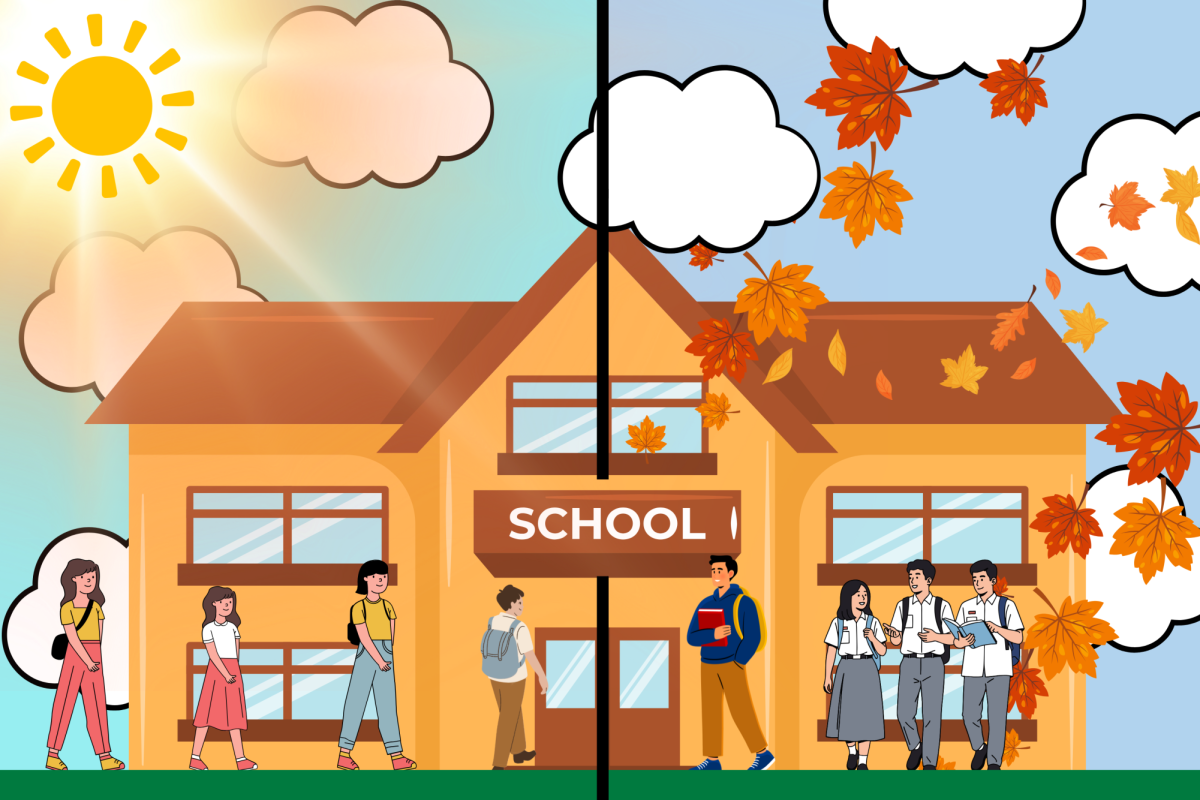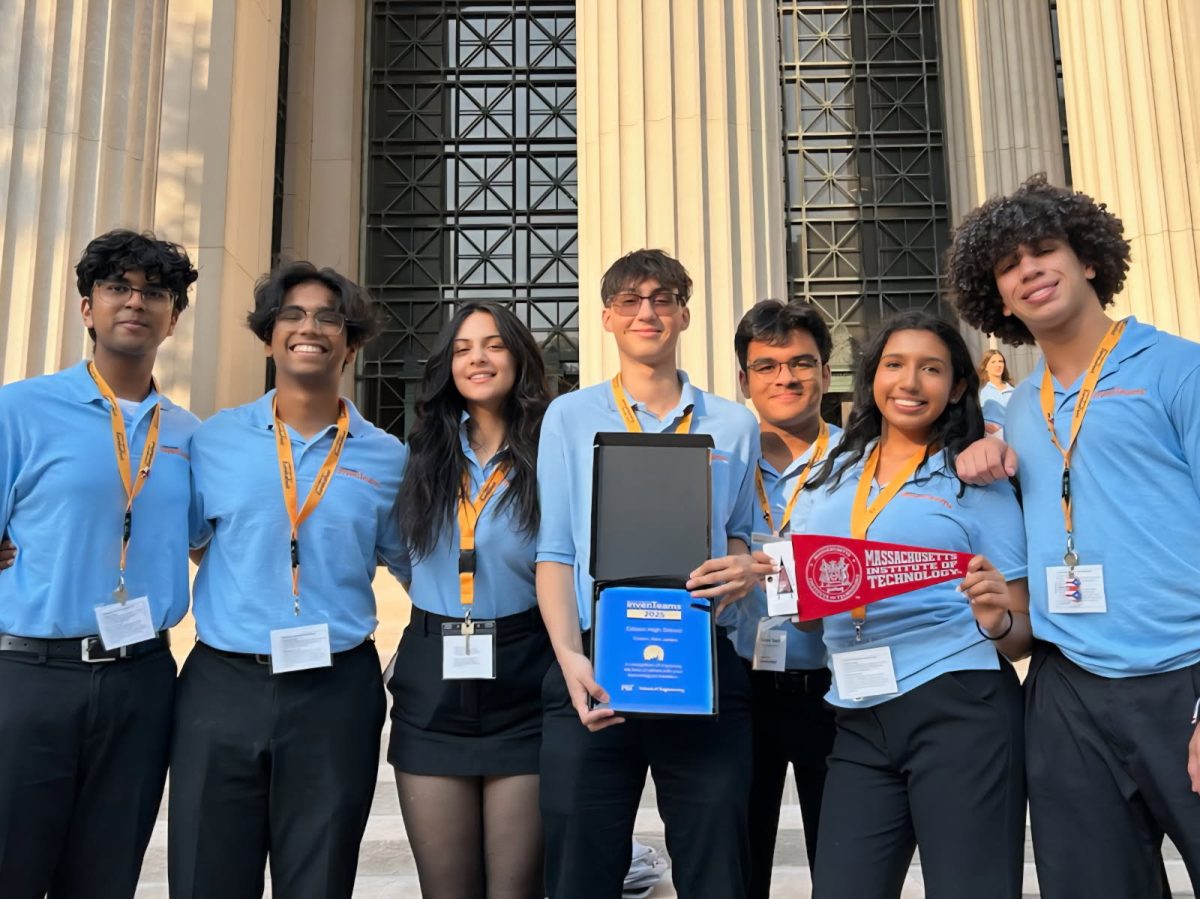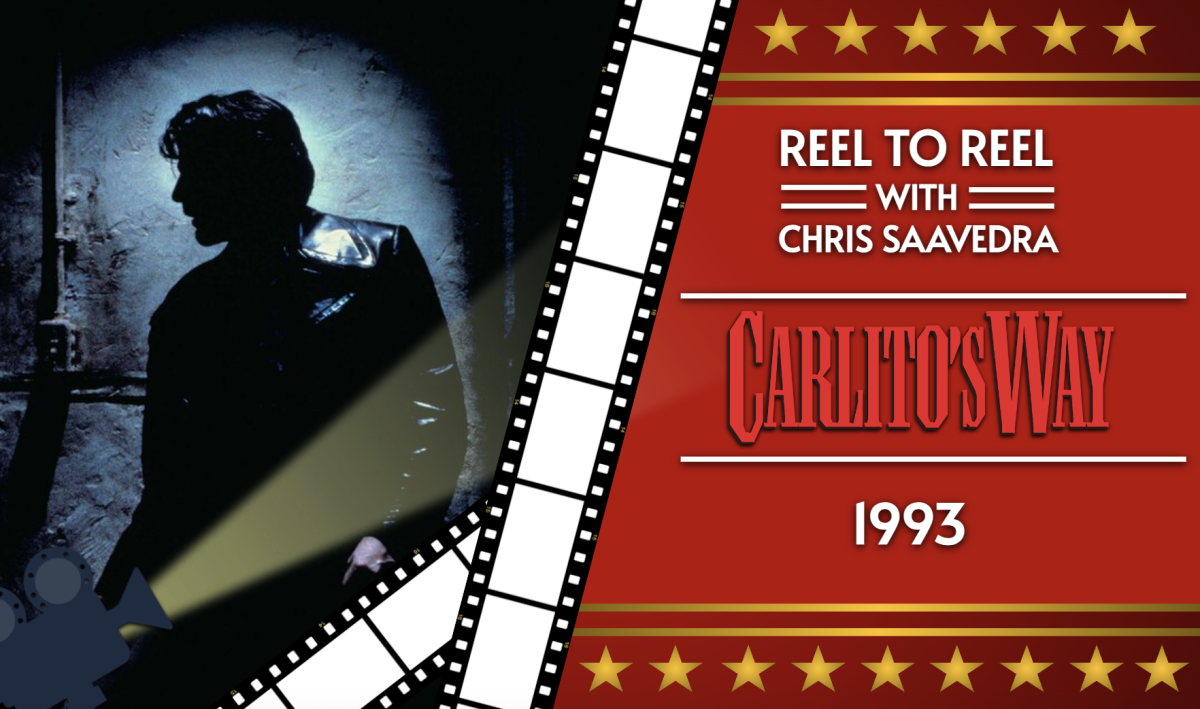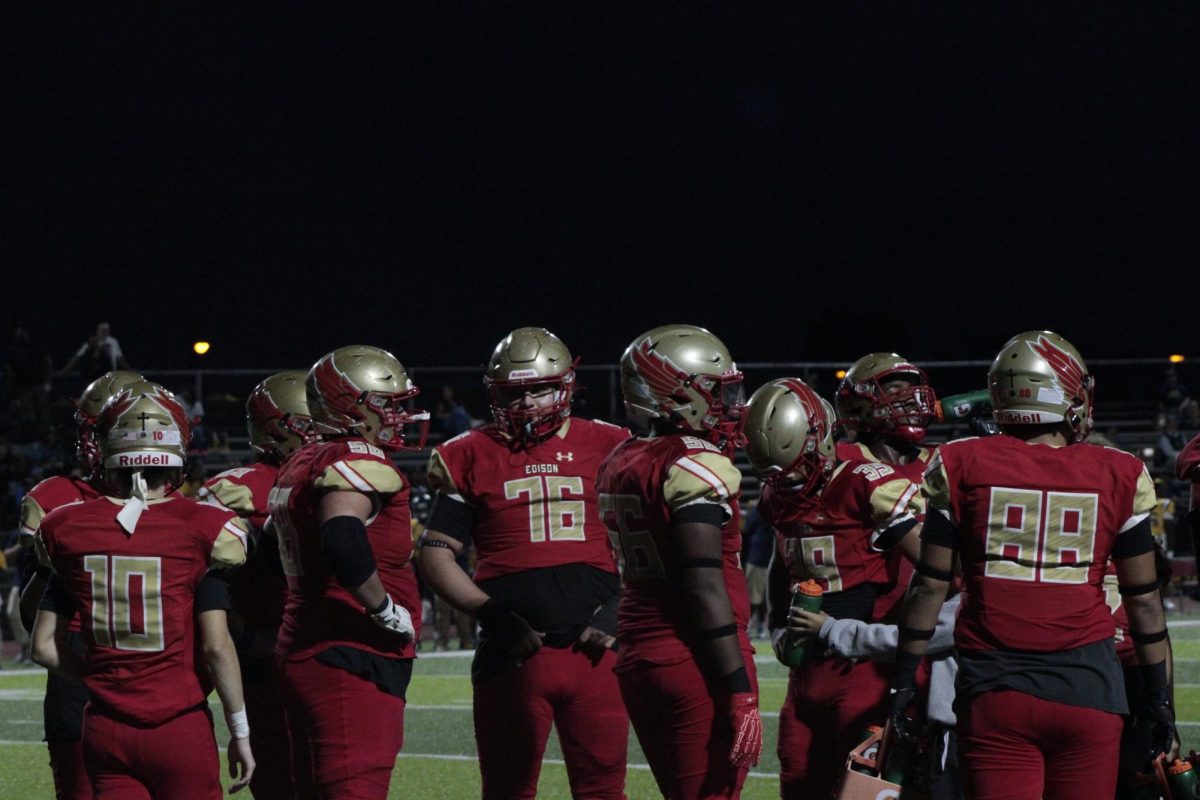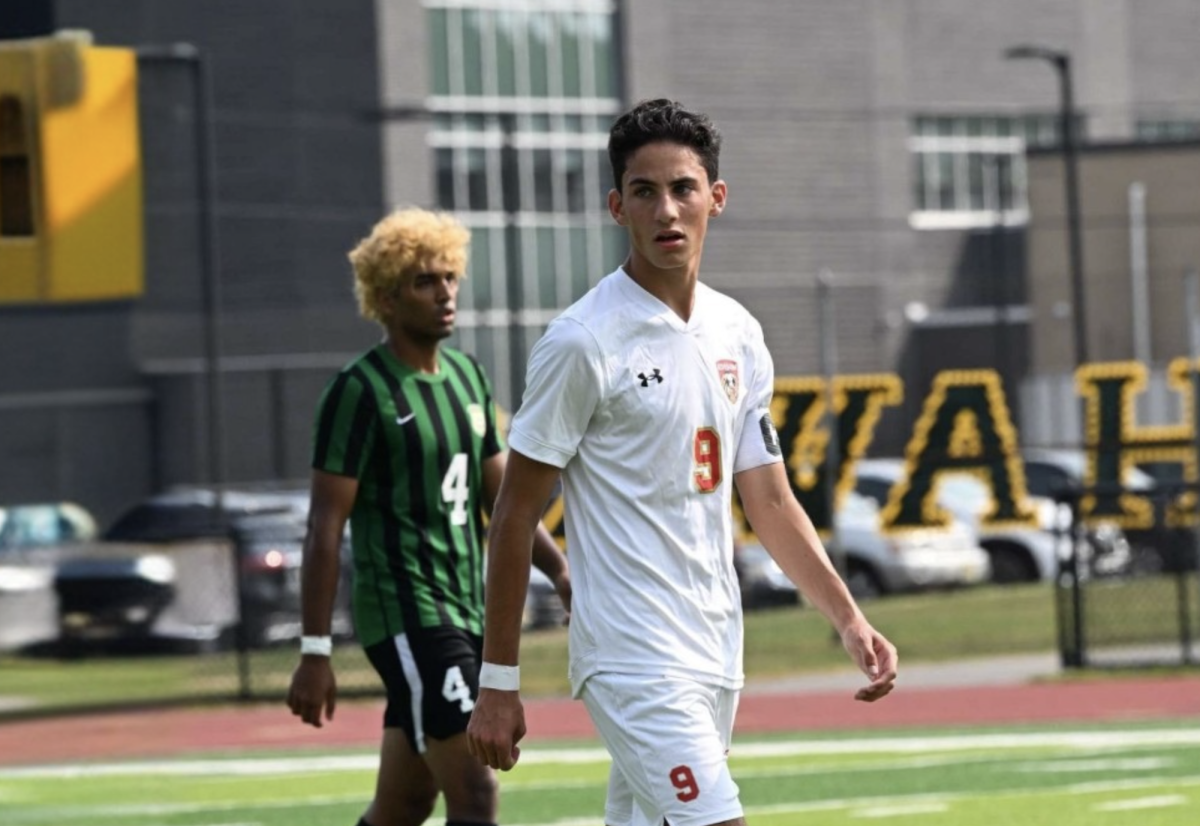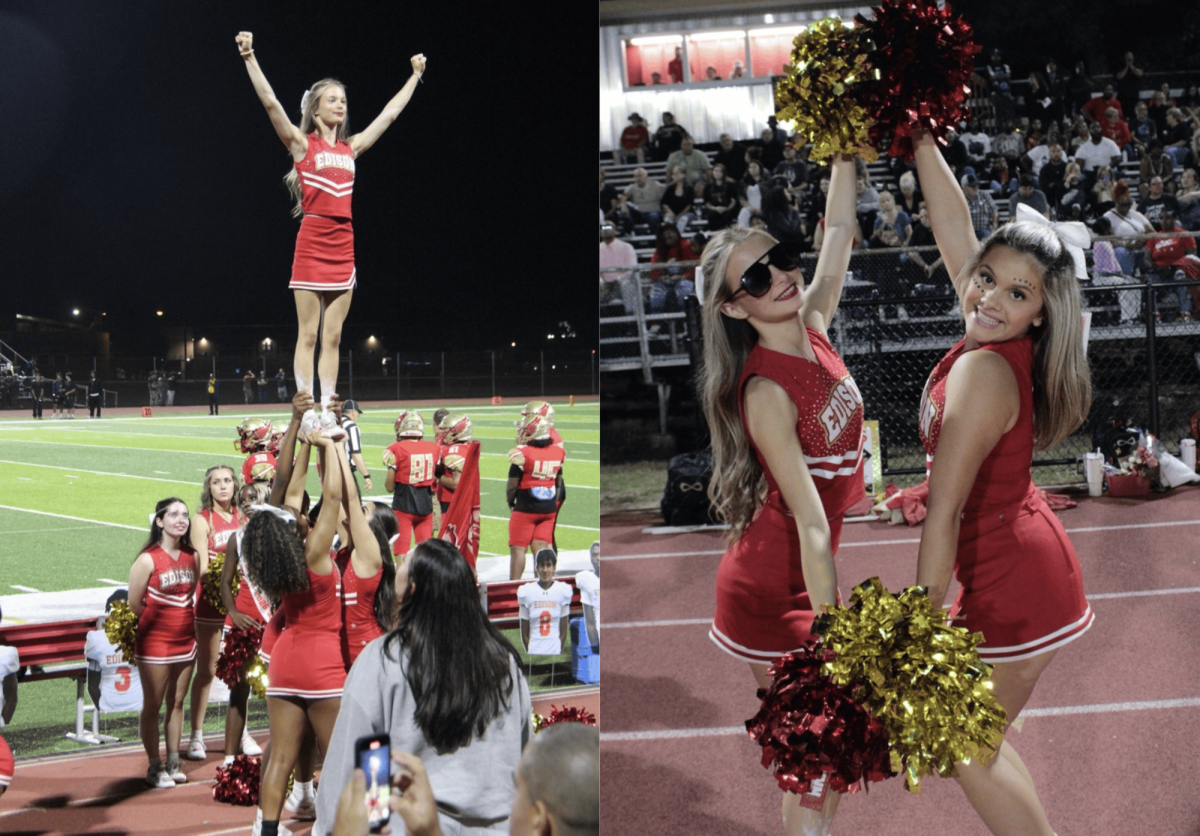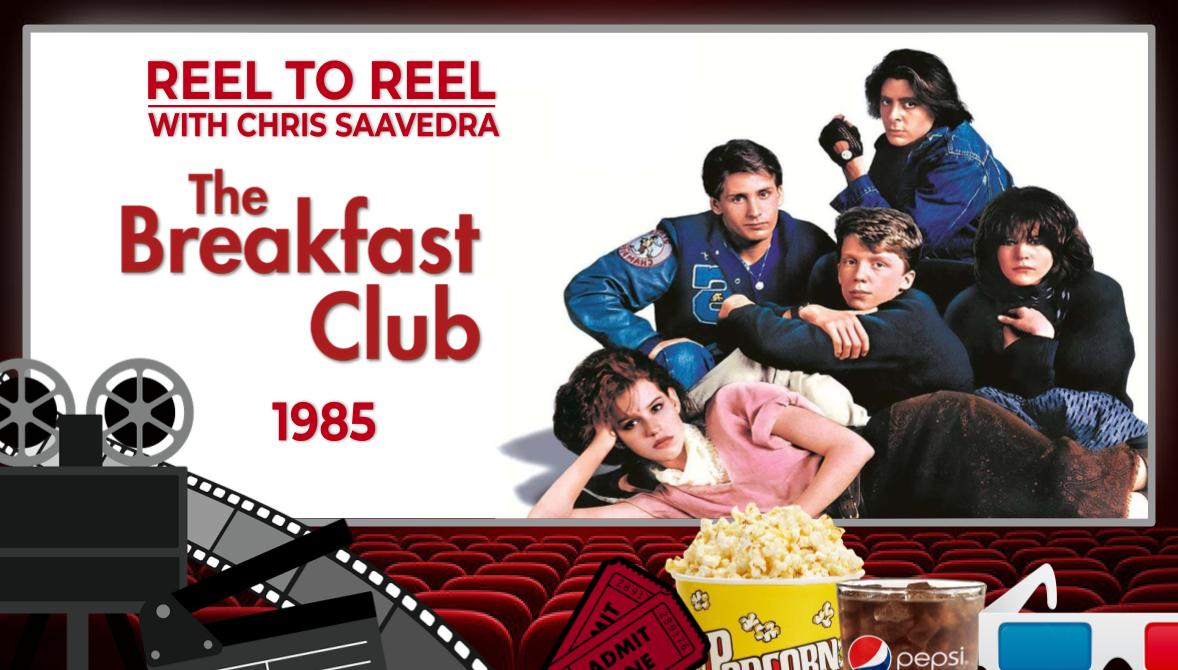High school is not easy. It goes without saying. The looming thought of our future and heading to college is one that can be taxing on the mind, all while dealing with our peers and navigating school work and friendships. We all have the desire to “fit in”— to conform with our classmates and try to be accepted. We are at an age where we try to find our identity, often categorizing ourselves and others into cliques, putting emphasis on “popularity” and “status.”
This social hierarchy and its effects on students is a central theme and aspect of John Hughes’ 1985 classic The Breakfast Club, one of the most iconic and timeless film portrayals of high school, capturing the spirit of adolescence, identity, and social dynamics.
The movie is set entirely within the confines of a Saturday morning detention with five students: Brian Johnson, Andrew Clark, Allison Reynolds, Claire Standish, and John Bender. On the surface, they have nothing in common. Brian is the socially awkward “nerd,” Andrew is the strong “jock” athlete, Allison is the quiet “weird kid” loner, Claire is the spoiled and snobbish “mean girl,” and John is the rebellious and aggressive “bad boy.”
All five strangers have different personalities and interests, and seem to have nothing to connect them. However, as the day goes on, they put aside their personas and stereotypes. They start the day as strangers, but as time goes by, they start to open up about their fears, insecurities, and personal lives. In the process, they learn they aren’t that different from each other.
The Breakfast Club highlights the dynamics of teenage relationships and brilliantly conveys the essence of high school life. The group’s friendships challenge the traditional high school social constructs and reflect the potential for growth during our high school years and change in friendships. In one scene of the movie, everyone gathers in a circle and listens to each other’s life stories and experiences, learning that they aren’t so different from each other as they previously thought. Brian feels overwhelmed and pressured by his parents to get good grades, Andrew wants to live up to his father and get his dad’s and peer’s approval, Allison has neglectful parents and is planning to run away, Claire is subjected to intense pressure due to her popularity and is used by her parents during their divorce, and John suffers from the abusive behavior of his father.
Andrew remarks, “We’re all pretty bizarre. Some of us are just better at hiding it.” They all suffer from dimensional problems related to their home life or conformity to peer pressure. The film serves as a crucial reminder that, despite our perceived differences, there is more than what meets the eye, and we have more in common than we think.
High school is a time for self-discovery and change— something that The Breakfast Club beautifully and masterfully communicates to its audience. It’s not just another cliché teen drama film from the 80s; it’s a lasting and enduring tale of high school life that, four decades later, continues to resonate with generations of viewers.



















